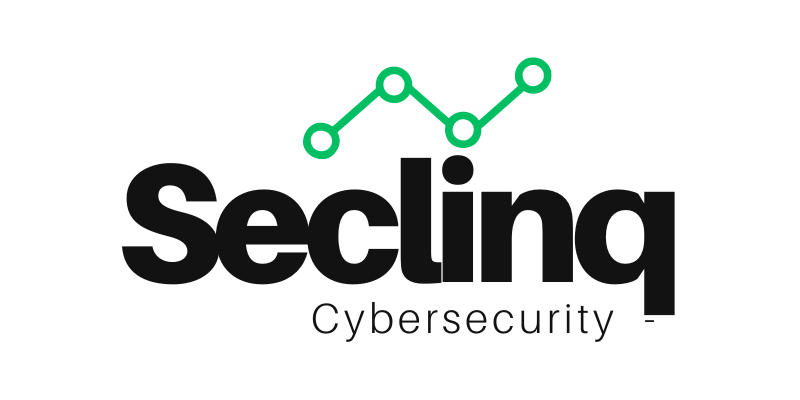Seclinq
DevSecOps
WHAT DO YOU NEED TO KNOW?
SECLINQ provides DevSecOps service for your business to improve its development lifecycle security. DevSecOps, or secure devops, is the mindset in software development that everyone is responsible for app security.
By integrating developers with IT operations and focusing everyone on making better security decisions, development teams hope to deliver safer software with greater speed and efficiency.
Our experts design and manage your organization’s development security lifecycle, identifying the improvement points and deploying the needed tools.
Our ethical hackers will start by setting up the program scope and policies. they will follow by launching the program and make sure the security researchers know how and what to report.
SECLINQ makes sure the program will keep improving by analyzing the process and adding policies and procedures as needed.
DevSecOps, or ‘Security as Code,’ is the concept of implementing security practices in the DevOps process. The goal of using DevSecOps services is to patch holes between IT and security while ensuring safe and quick delivery of code.
Businesses and development teams are rushing to embrace DevOps so they can be more agile and deploy code more quickly, but this shift can disrupt internal processes as well as organizational culture.
With the right planning, you can help your company go from DevOps to DevSecOps, enabling security teams to exert influence and improve the security of applications within current CI/CD pipelines.
Our Methodology
Company
About us
Blog
Careers
Product
Seclinq platform
Services
Penetration testing
Security Advisory Services

